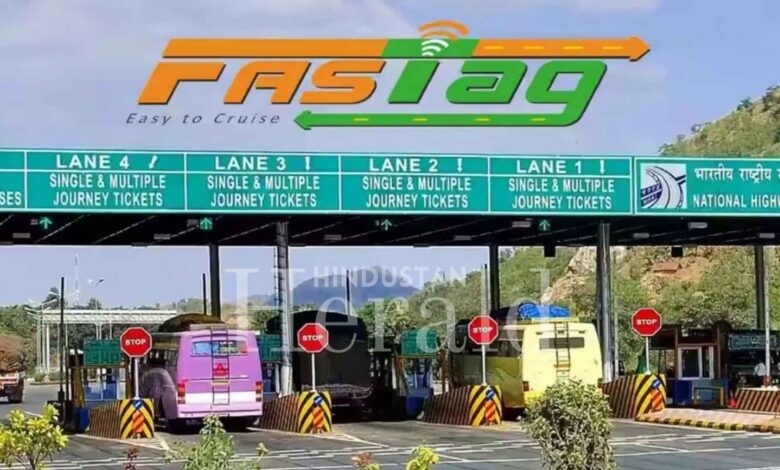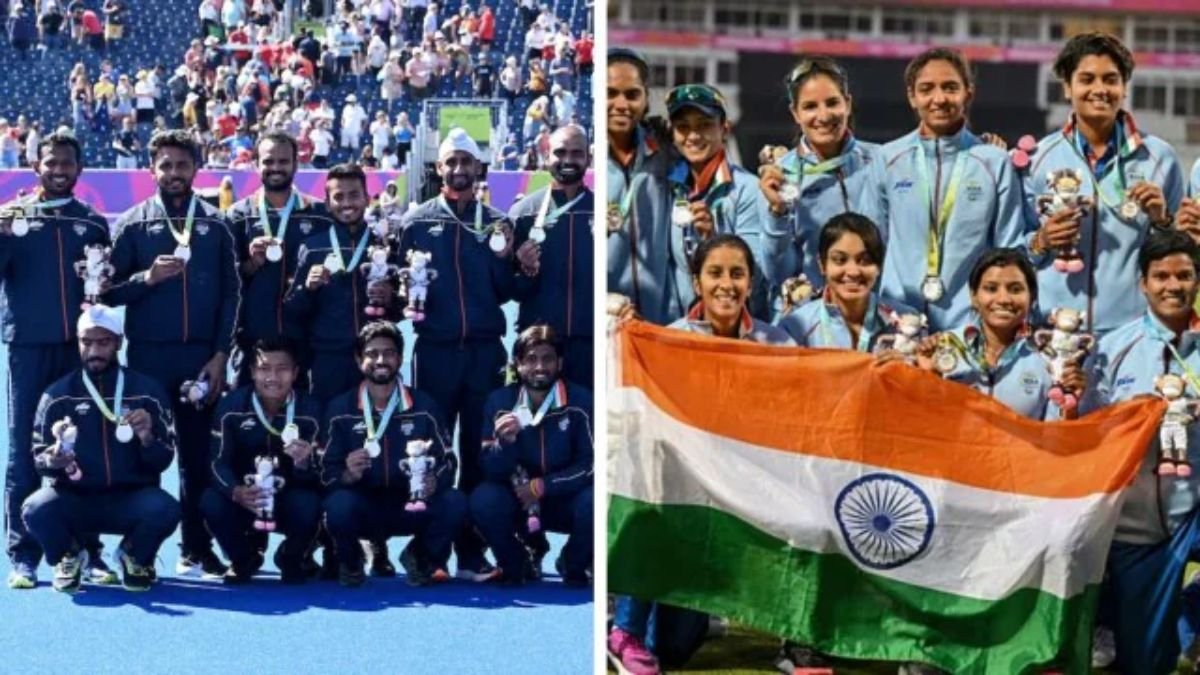New Toll Rules 2025: Big Relief Coming Soon? Annual Pass Proposal and Tax Exemptions Under Review

Table of Contents
With road travel becoming an integral part of daily commuting and interstate business, India’s toll tax system has long been a source of concern for millions of citizens. In a bid to rationalize toll tax collection and ease the financial burden on daily travelers, the Ministry of Road Transport and Highways (MoRTH) is pushing for major changes to the existing toll policy—changes that could come into effect as early as next month, subject to government clearance.
Union Minister Nitin Gadkari had earlier announced that new toll rules would be implemented starting April 2025. While there has been no official rollout yet, fresh developments indicate that two major proposals are already with the Finance Ministry for approval. If cleared, these changes could redefine toll experiences for millions across India.
What Are the Proposed Changes in Toll Rules?
As per recent reports from leading media outlets, MoRTH has proposed two significant changes aimed at reducing the toll burden on commuters, especially those traveling daily on National Highways and expressways:
1. No Toll on Narrow National Highways
- Highways that are two-lane or two-and-a-half lane wide may be exempted from toll collection.
- These routes typically witness low traffic volumes and minimal toll revenue generation.
- The government believes that maintaining toll plazas on such routes is economically inefficient.
- If implemented, this change will benefit thousands of commuters in semi-urban and rural areas.
2. Introduction of Annual Toll Pass (Approx. ₹3,000)
- An annual toll pass may be introduced for private vehicle owners, covering multiple tolls across selected national routes.
- Earlier discussions also considered lifetime and monthly passes, but MoRTH has reportedly zeroed in on a more feasible annual model.
- This pass could significantly reduce commuting costs, especially for those who use highways frequently for work, education, or healthcare access.
- The proposal is being scrutinized by the Finance Ministry, particularly for its potential impact on government toll revenue.
Why Is MoRTH Pushing for These Toll Changes?
The move to change toll tax rules has been driven by growing public dissatisfaction, increased toll plazas, and the disproportionate toll charges being levied across the country. Some key reasons behind the proposed reform include:
- Rising public concern over toll charges that are often inconsistent with road quality.
- Technological shifts, such as FASTag adoption, have made daily tolling feasible, but also caused users to pay multiple tolls within short distances.
- Urban expansion has led to former highways becoming main arterial roads for city dwellers, resulting in frequent toll payments for intra-city travel.
- Revenue inefficiency on narrow roads and low-volume highways has led the government to reassess the practicality of toll booths there.
According to ministry sources, these proposed reforms are not just about reducing financial burden, but also about rationalizing toll infrastructure and improving commuter satisfaction.
What Did Nitin Gadkari Announce Earlier?
In March 2025, Union Minister Nitin Gadkari had clearly stated that new toll policies would be introduced starting April. The expectation was that a digital toll collection model and rationalized pricing would be unveiled early in the new fiscal year.
However, due to budget constraints, the complexity of implementing new systems, and the need for inter-ministerial coordination, the formal announcement has been delayed.
Now, with MoRTH forwarding the finalized proposals to the Finance Ministry, the ball is in the latter’s court to assess the fiscal viability before implementation can begin.
How Much Toll Revenue Does India Generate?
According to official data from the National Highways Authority of India (NHAI), the total toll revenue in FY 2023–24 stood at ₹48,028 crore.
- Toll revenue plays a critical role in maintaining and expanding highway infrastructure.
- Most of this revenue is generated from commercial vehicles, but private vehicles contribute significantly as well.
- However, there are cases where operating toll booths on narrow roads incurs more expenditure than earnings.
MoRTH’s new proposals are seen as a balanced solution—reducing unnecessary tolls while ensuring high-volume routes continue to fund road development.
How Will the Annual Toll Pass Work?
While the finer details are yet to be officially revealed, here’s what we know from sources:
- The Annual Toll Pass is expected to cost around ₹3,000 for private vehicles.
- The pass may cover a specific region, cluster of toll booths, or even pan-India usage—subject to final guidelines.
- It may be linked with FASTag to allow automatic deduction at the start of validity.
- Only light motor vehicles (LMVs) and private users may be eligible in the first phase.
- Commercial vehicles are not likely to benefit from this scheme immediately.
The pass will potentially save daily travelers ₹10,000–₹25,000 annually, depending on their routes and frequency of travel.
Challenges Ahead: What Could Delay Implementation?
Despite the proposals being promising, a few critical factors may delay the implementation:
- Revenue Assessment:
The Finance Ministry is currently assessing how the new pass system and toll exemptions will impact fiscal collections. - Operational Complexity:
Implementing an annual pass system, especially across diverse routes and multiple toll contractors, will require high-level coordination. - Policy Uniformity:
Existing concessions and state-level toll policies may conflict with the proposed national model. Uniform tolling is still a challenge. - Resistance from Concessionaires:
Toll operators functioning under PPP models may oppose revenue cuts, especially if compensation models are not clarified.
Public Sentiment and Policy Implications
The buzz around new toll rules 2025 has generated mixed responses among the public:
- Urban daily commuters have welcomed the idea of annual passes and toll exemption on narrow highways.
- Transport lobbies and logistics companies, though not directly impacted in this phase, are demanding similar relief for commercial vehicles.
- Highway infrastructure experts have lauded MoRTH’s effort to rationalize tolls but have cautioned about implementation delays and contractual hurdles.
If executed properly, these rules could pave the way for a smoother, cheaper, and digitally empowered tolling ecosystem in India.
Fast Facts: India’s Toll Infrastructure in Numbers
- Over 1,200 toll plazas exist across India
- Around 6 crore vehicles use FASTag regularly
- FASTag penetration has crossed 97% on national highways
- Estimated daily toll revenue is ₹140–150 crore
- Over 75,000 km of roads covered under NHAI and NHDP projects
Big Toll Relief Coming, But Patience Needed
The New Toll Rules 2025, if approved, could mark a watershed moment for India’s transport policy. The annual toll pass and toll exemption on narrow highways are people-centric moves, aiming to reduce travel costs while maintaining essential revenue for infrastructure growth.
While the Finance Ministry’s approval is awaited, commuters and policy watchers remain hopeful that the changes will take effect by mid-2025.
Until then, it’s a waiting game—but one that could end with a much-needed relief for the Indian road user.
The Hindustan Herald Is Your Source For The Latest In Business, Entertainment, Lifestyle, Breaking News, And Other News. Please Follow Us On Facebook, Instagram, Twitter, And LinkedIn To Receive Instantaneous Updates. Also Don’t Forget To Subscribe Our Telegram Channel @hindustanherald








